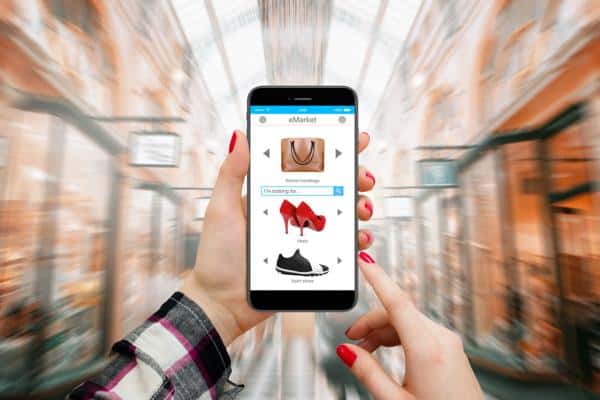In today’s InternetRetailing newsletter, we’re reporting as brands build on what they learned about selling direct to customers during the Covid-19 pandemic and move on to find new ways of connecting with them. That reflects the online shift that not only saw more shoppers buy online, but buy more from their trusted brands directly. During the pandemic that meant buying online, but that has since widened out to include shops. Now brands of all kinds are finding new ways to connect with customers that go well beyond the stores.
Richemont, for example, says that it is now making 75% of its sales direct to customers. The owner of luxury watch, jewellery, beauty and accessories brands and of Net-A-Porter says it saw online brand sales grow faster than its online retail – or distribution – businesses in the first quarter of the year. And its direct retail sales – in store – saw the biggest growth of all.
Dr Martens, too, is seeing more shoppers buy direct from it than before the pandemic. It prioritised its direct to consumer – and more profitable – channels during the recent supply chain and production issues that followed the pandemic. Now that its factories and supply chains are getting back to normal, direct sales – and therefore customer relationships – are likely to continue to be a focus.
Burberry has lots of examples today of exactly how it is engaging with its customers across channels. It has examples of steps it’s taken face-to-face, on social media and in virtual environments such as online games as it looks to find new ways of building brand awareness and talking directly to existing and potential shoppers.
Nordic womenswear retailer Nelly.com is also focusing on its higher-margin own brands as it looks to improve and simplify the customer experience following a quarter of falling sales and a bottom line loss. Acting chief executive Helena Karlinder-Östlundh sums up the issues succinctly, saying that the decline in sales “clearly shows that we did not deliver what our customers want frequently enough in a manner that also generates stable long-term profitability”. She also recognises that the “brand’s broad follower base among young women” is central to how it rebuilds growth and profitability. It seems likely that rethinking the way it engages with its shoppers may offer some new opportunities.
We report, too, as the Co-op expands its use of robots for final mile deliveries.
In today’s timely guest comment, Jamie Saucedo of PFS considers how brands can keep customer loyalty in the cost-of-living crisis.










